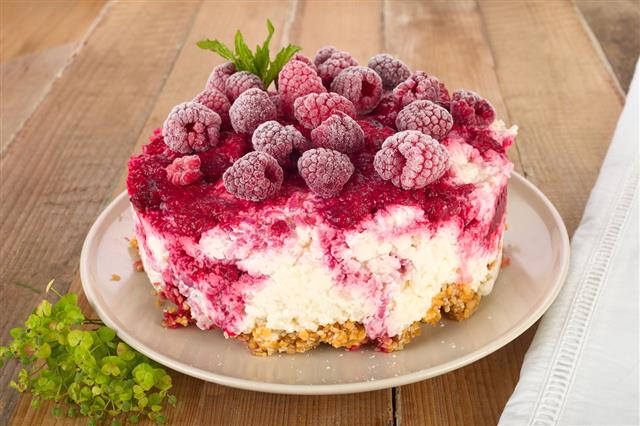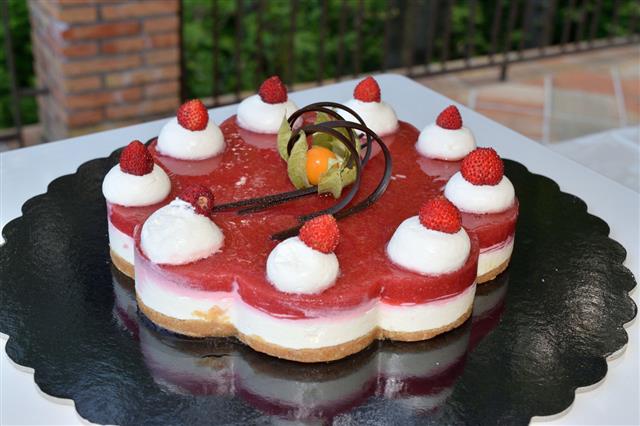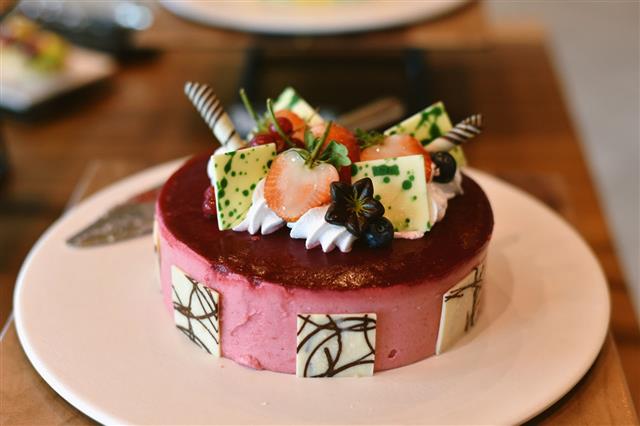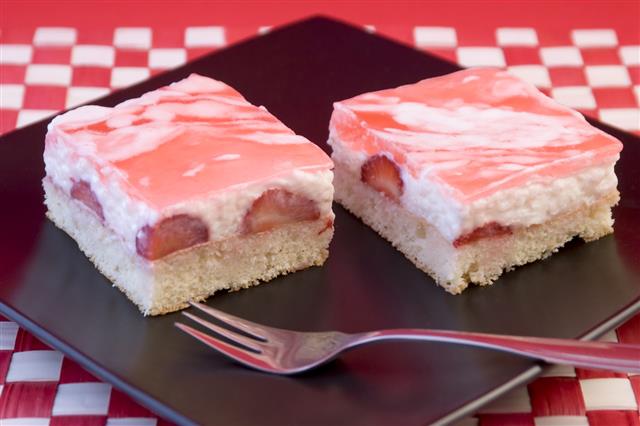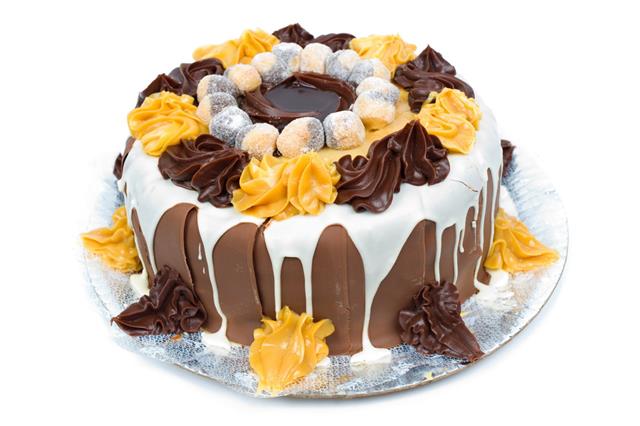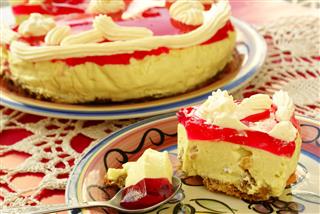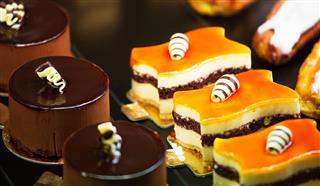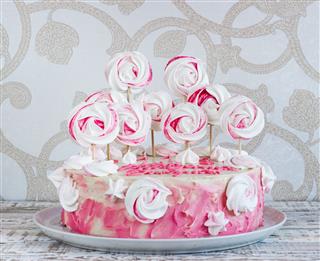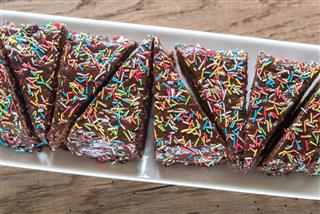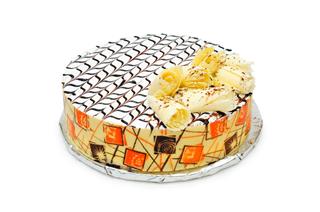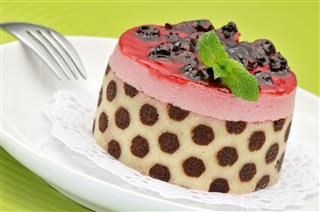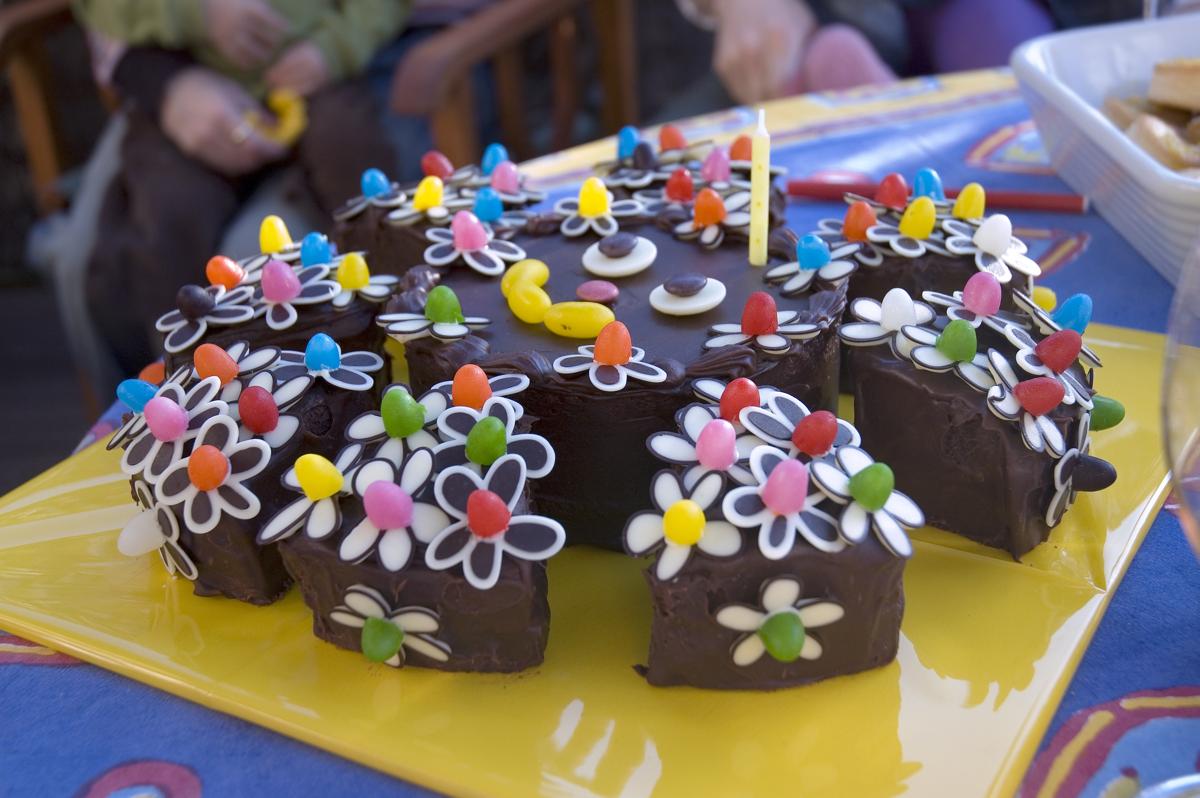
A food coloring chart helps you in mixing different food colors to get a particular color that you desire. The following article on food coloring chart for icing will help you mix different colors for your cakes and frosting decorations.
Food colors help in making food visually appealing. Most of us are attracted to a particular food just because the color of the food attracts us. You can mix different colors and come up with different shades and make your cakes and pastries look more attractive. You will find four basic food colors in grocery stores; red, green, yellow, and blue. These are primary food colors (red, yellow, and blue) used for mixing and coming up with different shades. You may also come across different food colorings like pink, orange, black, and purple in stores.
Mixing Food Colors
The food color wheel comprises three primary colors (red, yellow, and blue), which can be mixed with each other to yield various other colors. You can mix the two primary colors and come up with a secondary color. You can even mix two secondary colors to get a different tertiary color. For example, mixing red and yellow will give you orange, while mixing yellow and blue will give you green, and mixing red and blue will give violet. You need to add drops of color in equal amount to get these secondary colors;orange, green and violet.
Using different combinations of the primary colors, will give you various shades of the secondary colors.
For example, mixing a large amount of yellow with a small amount of blue will give you a light shade of green. Mixing large amount of blue with small amount of yellow will yield a dark shade of green. Using various permutations and combinations of these primary colors will help yield a large number of shades. The following chart will help you in mixing different shades for your icing.
Food Coloring Chart for Icing
In the following chart, you need to add some drops as indicated by the numerical value opposite the color shade. The chart is as follows:
Food Color Mix Chart
- Apricot = 2 parts Orange + 1 part Egg Yellow
- Aqua = 5 parts sky blue + 1 part leaf green
- Avocado = 4 parts lemon yellow + 1 part leaf green + a touch of black
- Burgundy = 5 parts bakers rose + 1 part violet
- Cantaloupe = 24 parts yellow+ 2 parts red
- Chartreuse = 5 parts lemon yellow + 1 part leaf green
- Copper = 1 part Egg Yellow + 1 part Brown + 1 Christmas Red
- Coral = 3 parts Rose Pink + 2 parts Lemon Yellow
- Dusty Rose = 2 parts Christmas Red + 1 part Malt Brown
- Fuchsia = 18 arts red + 2 parts blue
- Gold = 10 parts Lemon Yellow + 3 parts Orange + 1 part Christmas Red
- Grape = 1 part Sky Blue + 6 parts Bakers Rose
- Hunter Green = 1 part Kelly green + small amount of black
- Ivory = 1 liquid whitener + a touch of brown + a touch of egg yellow
- Jade = 1 part Leaf Green + 1 part Royal Blue + a touch of Black
- Jungle Green = 14 parts green + 6 parts yellow
- Lavender = 5 parts pink + 1 part Violet
- Lime = 24 parts yellow+ 4 parts green
- Maize = 24 parts yellow + 1 part red
- Marigold = 3 parts Lemon Yellow + 1 part orange
- Maroon = 4 parts Red + 2 parts Burgundy
- Mauve = 5 parts rose-pink + 2 parts orange + 2 parts red + 2 parts black
- Melon = 1 part Orange + 3 parts Bakers Rose
- Misty Green = 2 parts Leaf Green + 1 part of Royal Blue + a touch of Black
- Moss Green = 2 parts Violet + 3 parts Lemon Yellow
- Navy Blue = 1 part Sky Blue + 1 part Violet
- Orange Sunset = 17 parts yellow + 3 parts red
- Persimmon = 1 part Orange + 1 part Bakers Rose
- Plum = 1 part Violet + a touch of Christmas Red
- Purple = 15 parts blue+ 5 part red
- Raspberry = 3 parts Bakers Rose + 1 part Christmas Red
- Red Grape = 1 part sky blue + 6 parts bakers rose
- Rose Wine = 3 parts holiday red + 2 parts rose-pink
- Ruby Red = 1 part Holiday Red + a touch of Black
- Rust = 8 parts orange + 2 parts Red + 1 part brown
- Sea Gold = 2 parts Sky Blue + 1 part Leaf Green
- Silver = 1 part Black + 1 part Blue
- Skin tone = 12 parts orange + 4 parts Bakers Rose + 1 part Royal Blue
- Teal = 9 parts Sky Blue + ½ part Lemon Yellow
- Turquoise = 6 parts Sky Blue + 1 part Lemon Yellow
- Watermelon = 25 parts red + 2 parts blue
- Wine = 3 parts Holiday Red + 2 parts Rose Pink
- Yellow Maroon = 4 red + 2 burgundy
When mixing colors, you need to remember the following color mixing tips:
- You can lighten any color shade by adding small amounts of white icing.
- You can darken any color by adding a specific amount of the darker color of the icing.
- You can make pastel shades by adding 2 parts of white icing to 1 part of any desired color icing.
You can make black color by mixing equal parts of all the three primary colors. It is possible that you may have to add more of red food color to get the desired black shade. People, especially children get attracted to foods by focusing on the colors. You can get more creative in your kitchen and come up with unique color shades to decorate you cakes with colorful icing. With this Tastessence article on food coloring chart you can learn how to mix different food colors and add a splash of color to your food.
